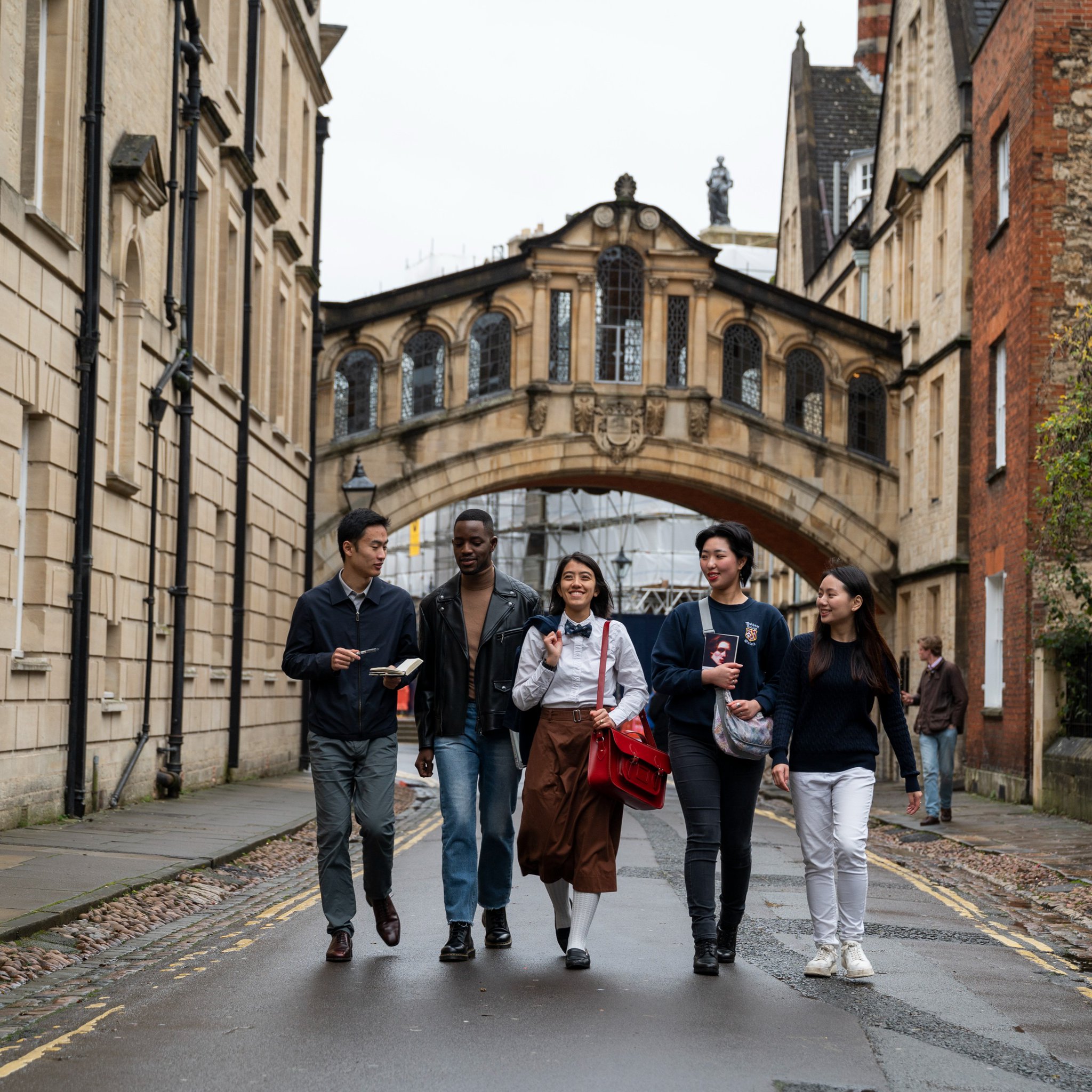In 2024, the U.S.-Canada border has witnessed a significant rise in migrants seeking entry into the United States. While the southern U.S. border has traditionally garnered attention for illegal crossings, the northern border is becoming an increasingly popular route. The reasons behind this shift involve a combination of economic hardship, visa policies, and smuggling networks. This phenomenon has sparked concern among U.S. and Canadian authorities, leading to discussions about policy reform and international cooperation.
Key Takeaways:
-
Many migrants crossing from Canada to the U.S. have surged in 2024, exceeding 5,000 in June alone.
-
Economic opportunity and family ties are significant motivators for crossing into the U.S.
-
Smuggling networks play a crucial role, often charging exorbitant fees and putting migrants at risk.
-
International cooperation is needed to manage the complexities of migration and border control.
-
Legal aid for victims of human trafficking and illegal migration is vital to protecting vulnerable individuals.
Context:
The history of Indian migration to the U.S. has largely been defined by legal pathways such as student visas, work permits, and family sponsorship. However, in recent years, these avenues have become increasingly difficult to access due to a backlog of visa applications and stricter immigration policies. The northern U.S.-Canada border, which once saw minimal unauthorized crossings, has become a new hotspot for illegal immigration, fueled by a combination of perceived ease of entry and economic incentives. This shift requires policymakers to reassess both countries’ visa and border control strategies.
The Northern Border – A loophole
Traditionally, the U.S.-Mexico border has seen the majority of unauthorized crossings into the U.S. However, Indian migrants are now choosing the U.S.-Canada border due to Canada’s perceived easier visa policies and its reputation for safety. Canada’s policy to attract international students, especially from India, has inadvertently created a pathway for migrants seeking to enter the U.S. illegally.
Indian migrants are increasingly choosing the northern U.S.-Canada border for its perceived safety and lenient visa policies.
Human Trafficking and Smuggling Networks
One of the driving factors behind the migration surge is the rise of human trafficking networks that smuggle Indian migrants into the U.S. These networks charge up to $50,000 per person, exploiting economic desperation. The journey, although perceived as safer than the southern border route, still poses significant risks to migrants, with some even losing their lives along the way.
Human trafficking networks exploit the hopes of migrants, charging hefty fees and exposing them to dangerous conditions.
Serious Consequences:
-
Detention and Deportation: Individuals caught entering illegally are often detained by U.S. Customs and Border Protection and may face immediate deportation back to their country of origin. In some cases, they can be held in detention centers for extended periods while their cases are processed.
-
Permanent Ban on Re-entry: A person who enters the U.S. illegally may be barred from re-entering the country for several years or even permanently, depending on the circumstances of their entry and how long they remained in the country illegally.
-
Criminal Prosecution: Entering the U.S. illegally is a federal misdemeanor. Repeat offenders or those with criminal records may face felony charges, which could result in imprisonment.
-
Limited Access to Asylum: Those who enter the U.S. illegally may have more difficulty applying for asylum or other immigration benefits. The immigration system places restrictions on asylum claims for individuals who cross the border unlawfully without first seeking protection in other countries.
-
Risk of Exploitation: Migrants crossing the border illegally are vulnerable to exploitation by human traffickers, smugglers, and criminal organizations. They may also face dangerous conditions, such as extreme weather, during their journey.
Humanitarian Concerns and Safety Risks
Crossing the U.S.-Canada border may seem less perilous than the southern route, but it comes with its own risks. Migrants often traverse remote, cold terrains, where extreme weather conditions can turn deadly. Several tragic incidents, including deaths from freezing temperatures, have been reported. These dangers highlight the need for better legal avenues for migration and stronger support systems for asylum seekers.
Migrants face life-threatening conditions while crossing the northern border, highlighting the need for safer migration routes.
Political Repercussions
As the U.S. grapples with this surge in unauthorized crossings, there has been increased pressure on Canada to tighten its visa policies. The U.S. government has expressed concerns about Canada’s relaxed visa screenings, which may be facilitating illegal migration. This surge has also caught the attention of the U.K., which has called for stricter regulations on Asians transiting through the country to Canada.
The migration surge has led to international pressure on Canada to reassess its visa policies and border control measures.
Legal Aid for Victims and the Role of Attorneys
Victims of human trafficking and those who have been coerced into illegal crossings have legal options available to them in the U.S. Attorneys play an essential role in assisting these victims, whether through asylum applications or specialized visas like the T visa, designed for victims of trafficking. Legal support is critical in protecting migrants’ rights and ensuring they are not exploited further by traffickers.
Attorneys play a crucial role in helping migrants seek legal protection, from asylum applications to T visas for trafficking victims.
Conclusion:
The surge of migrants at the U.S.-Canada border reflects a broader global migration trend fueled by economic challenges, political policies, and human trafficking. The situation highlights the importance of international cooperation in managing migration while ensuring the humane treatment of migrants. Lessons from this issue emphasize the need for policy reforms, stronger legal pathways for migration, and enhanced protection for vulnerable individuals.
FAQs:
-
What are the consequences of entering the U.S. illegally?
Entering the U.S. illegally can result in detention, deportation, and a ban on re-entry. In some cases, migrants may seek asylum based on their circumstances. -
What legal actions are taken against illegal entrants?
Illegal entrants may face prosecution, detention, and eventual deportation, but some may be eligible for asylum if they meet certain criteria. -
How can a victim of human trafficking prove their status?
Victims of human trafficking can provide evidence such as testimony, expert reports, or corroborating documents to prove they were coerced or trafficked. -
What role do attorneys play in human trafficking cases?
Attorneys assist victims by helping them apply for protection visas like the T visa, working with law enforcement, and advocating for their rights in immigration proceedings. -
What are the dangers of crossing the U.S.-Canada border?
Crossing the northern border can expose migrants to harsh weather conditions, remote terrains, and the risks of human smuggling, sometimes resulting in tragic deaths. -
How does Canada’s visa policy contribute to the issue?
Canada’s relaxed visa policies, particularly for international students, have inadvertently created an easier pathway for migrants to enter the U.S. illegally.
Contact Us
For more information or to schedule a consultation, visit our website at Wasden Law, Our experienced litigation attorneys are ready to fight for your rights and ensure your immigration journey is as smooth as possible.
🔍 Have questions or need advice? Drop a comment below! Our team is here to help. 🗣️💬
✉️ Connect with us for personalized guidance and support. Let’s navigate your immigration journey together. 🌐📩
💡 Curious about your specific case? Ask us in the comments and get expert advice tailored to your needs. 🧑⚖️📝
Disclaimer:
The information provided in this article is for general informational purposes only and does not constitute legal advice. While we strive to ensure the content is accurate and up-to-date, it is not a substitute for professional legal consultation. Immigration laws and regulations are subject to change, and their application can vary based on specific circumstances. We recommend scheduling a consultation with us to obtain advice tailored to your individual situation. The authors and publishers of this article are not responsible for any actions taken based on the information provided herein.
If you need Consultation, please visit our website https://wasden.law/
Latest Articles
Book a meeting with us
Our experienced litigation attorneys are ready to fight for your rights. Schedule a consultation with us today to discuss your legal options.





